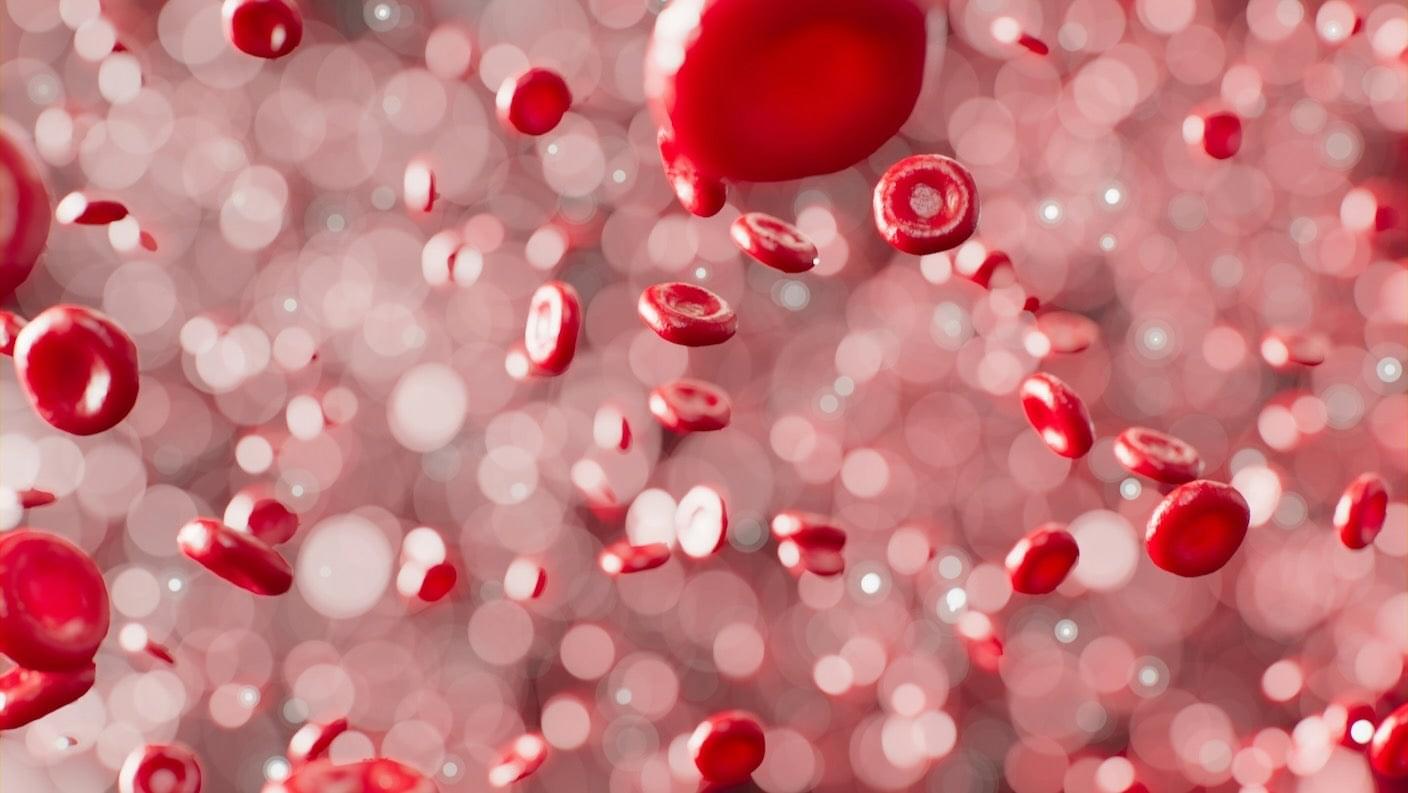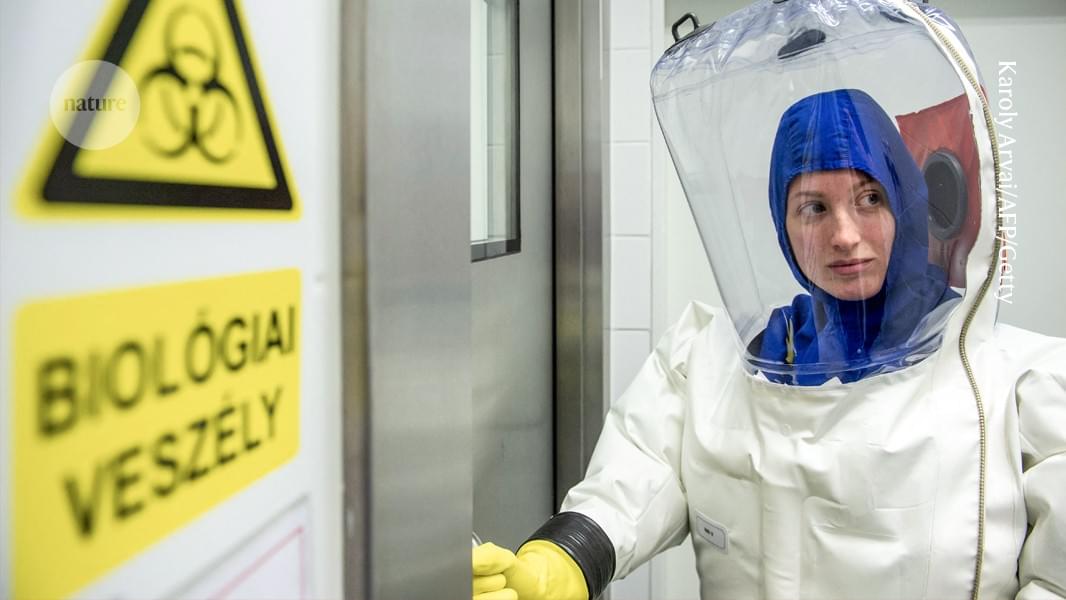Manufacturing CAR T cells in the laboratory is expensive and time-consuming. An in vivo approach could get the powerful therapy to more people.
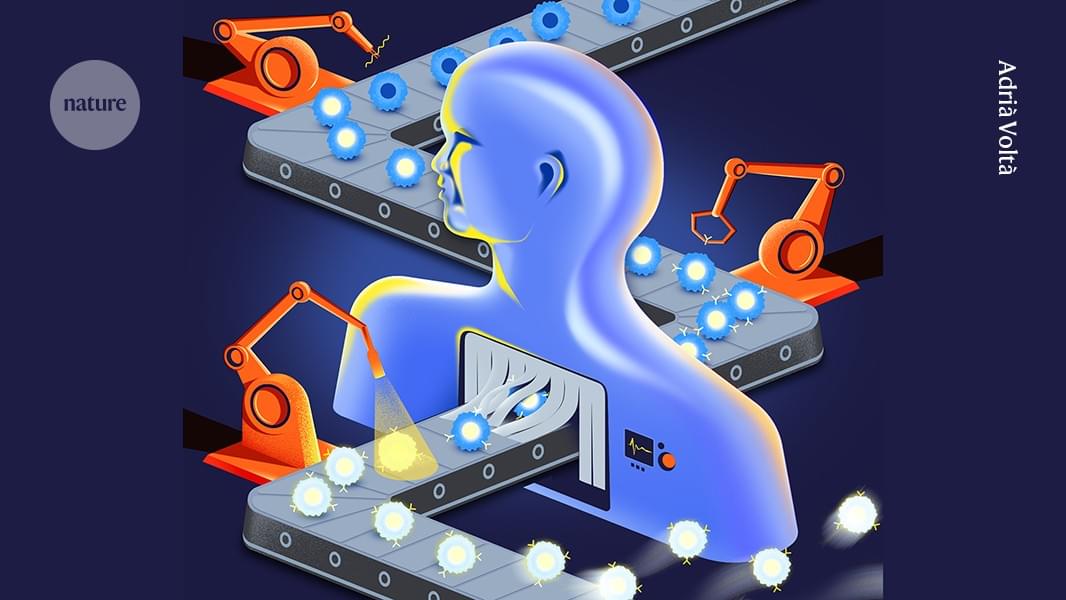

The miracle of life. A 40-week process where you developed from a single cell to fully formed human baby. All within in your mother’s womb. Now, imagine you were born in an artifical womb. How would we benefit from artificial wombs? What would be the downsides?
Transcript and sources: https://whatif.show/what-if-we-could–… our Patreon community and help make What If better: http://bit.ly/whatif-patreon Watch more what-if scenarios: Planet Earth: • What If Earth Was in Fact Flat? The Cosmos:
• Video Technology:
• What If the Sahara Desert Was Covered With… Your Body:
• What If You Were Born on a Space Station? Humanity:
• What If You Were the Last Person on Earth? Tweet us your what-if question to suggest an episode: http://bit.ly/whatif-twitter What If elsewhere: Instagram: http://bit.ly/whatif-instagram Twitter: http://bit.ly/whatif-twitter Facebook: http://bit.ly/facebook-whatif What If comes in other languages! What If in Spanish: http://bit.ly/YT-Spanish-what-if What If in Mandarin: http://bit.ly/YT-Chinese-what-if Suggest an episode (detailed): http://bit.ly/suggest-whatif T-shirts and merch: http://bit.ly/whatifstore Feedback and inquiries: https://underknown.com/contact/ What If is a mini-documentary web series that takes you on an epic journey through hypothetical worlds and possibilities. Join us on an imaginary adventure — grounded in scientific theory — through time, space and chance, as we ask what if some of the most fundamental aspects of our existence were different.
Join our Patreon community and help make What If better: http://bit.ly/whatif-patreon.
Watch more what-if scenarios:
Planet Earth: • What If Earth Was in Fact Flat?
The Cosmos: • Video.
Technology: • What If the Sahara Desert Was Covered With…
Your Body: • What If You Were Born on a Space Station?
Humanity: • What If You Were the Last Person on Earth?
Tweet us your what-if question to suggest an episode: http://bit.ly/whatif-twitter.
What If elsewhere:

The United States on Friday approved the first blood test for Alzheimer’s, a move that could help patients begin treatment earlier with newly approved drugs that slow the progression of the devastating neurological disease.
The test, developed by Fujirebio Diagnostics, measures the ratio of two proteins in the blood. The ratio is correlated with amyloid plaques in the brain—a hallmark of Alzheimer’s that, until now, has been detected only through brain scans or spinal fluid analysis.
“Alzheimer’s disease impacts too many people—more than breast cancer and prostate cancer combined,” said Food and Drug Administration Commissioner Marty Makary.
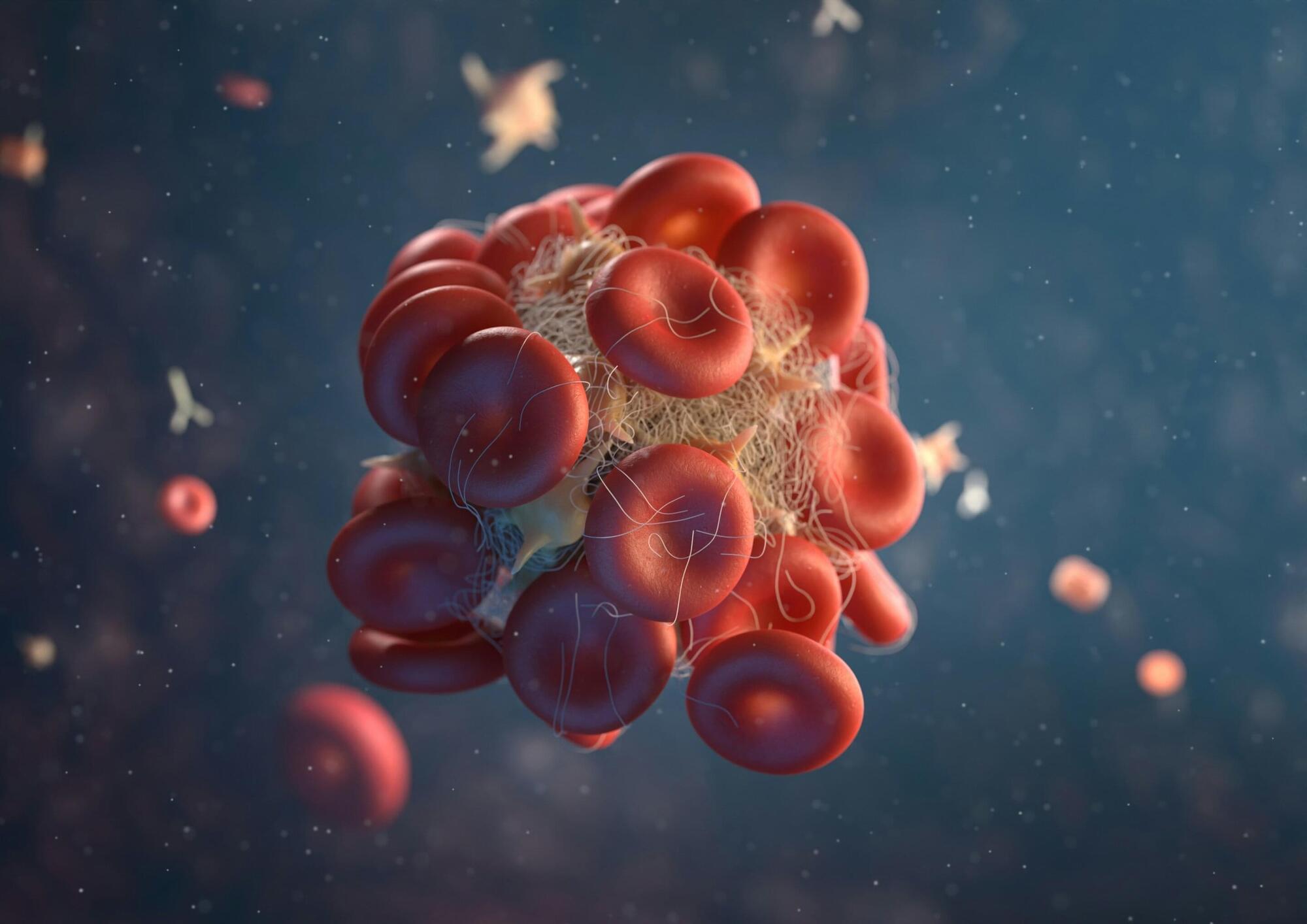
In patients with an advanced type of skin cancer called cutaneous squamous cell carcinoma (cSCC), those who received the combination of the immunotherapy drug avelumab and targeted agent cetuximab had almost four times longer median progression-free survival compared to patients who received avelumab alone, according to the results of a phase 2 trial presented today at the American Society of Clinical Oncology (ASCO) meeting and concurrently published in the Journal of Clinical Oncology.
“It is both an honor and humbling to develop clinical trials that can be potential options for our patients,” said lead author and study chair for the trial, Dan Zandberg, M.D., associate professor of medicine at the University of Pittsburgh and medical oncology co-leader of the head and neck cancer program at UPMC Hillman Cancer Center. “My hope is that the insights we made with this trial will lead to additional studies that can ultimately bring a new immunotherapy-based combination into standard of care for patients with advanced cSCC.”
CSCC is a common type of skin cancer with about 1.8 million cases diagnosed in the U.S. each year. About 95% of cSCCs are detected early and can be treated with minor surgery. But in rare cases, patients will go on to develop advanced cSCC, which includes locally advanced tumors that cannot be surgically removed and metastatic disease. At this point, the prognosis is poor and treatment is focused on extending survival, not cure.
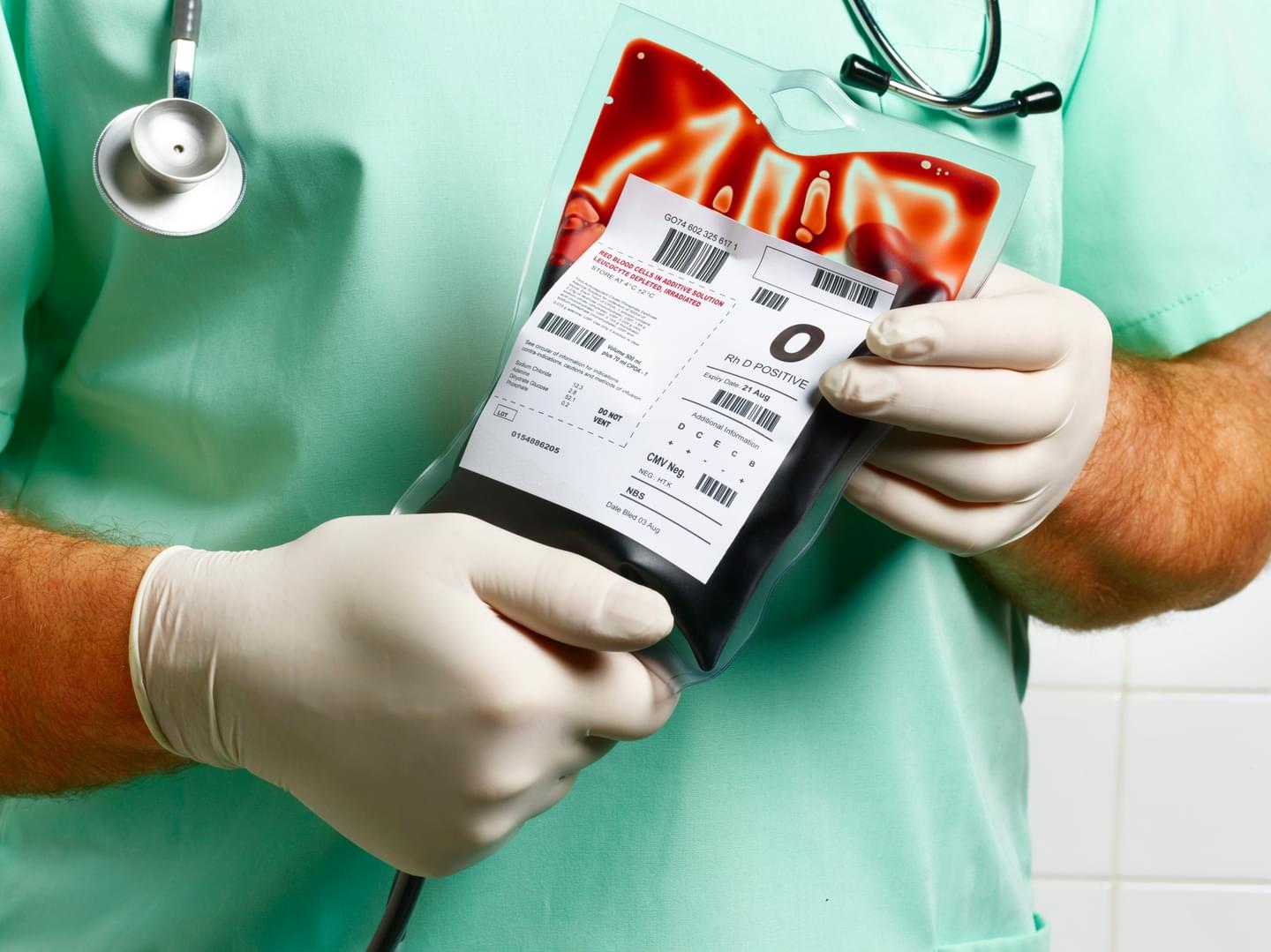
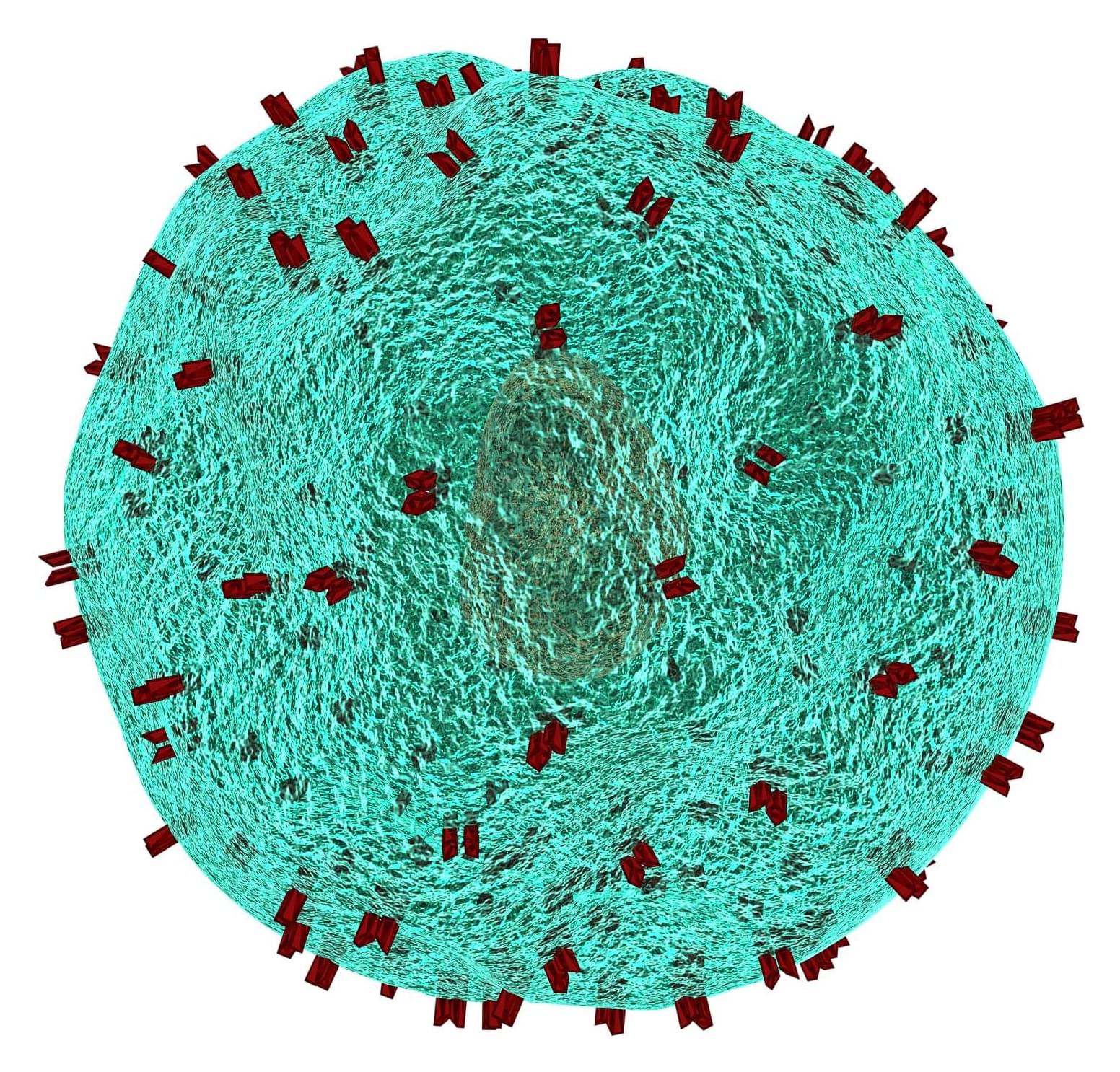
A dual-target CAR T cell therapy approach shows promise for slowing tumor growth in a notoriously aggressive and fast-growing brain cancer. Tumors became smaller after the experimental CAR T cell therapy in nearly two-thirds of patients.
While survival data is still accumulating, several patients lived 12 months or longer after receiving the investigational therapy, which is notable given the typical survival for this patient population is less than a year.
The findings were presented at the 2025 American Society of Clinical Oncology (ASCO) annual meeting (Abstract 102) and published in Nature Medicine by researchers from the Abramson Cancer Center (ACC) of the University of Pennsylvania and Penn’s Perelman School of Medicine.
Join us on Patreon! https://www.patreon.com/MichaelLustgartenPhD
Discount Links/Affiliates:
Blood testing (where I get the majority of my labs): https://www.ultalabtests.com/partners/michaellustgarten.
At-Home Metabolomics: https://www.iollo.com?ref=michael-lustgarten.
Use Code: CONQUERAGING At Checkout.
Clearly Filtered Water Filter: https://get.aspr.app/SHoPY
Epigenetic, Telomere Testing: https://trudiagnostic.com/?irclickid=U-s3Ii2r7xyIU-LSYLyQdQ6…M0&irgwc=1
Use Code: CONQUERAGING
NAD+ Quantification: https://www.jinfiniti.com/intracellular-nad-test/
